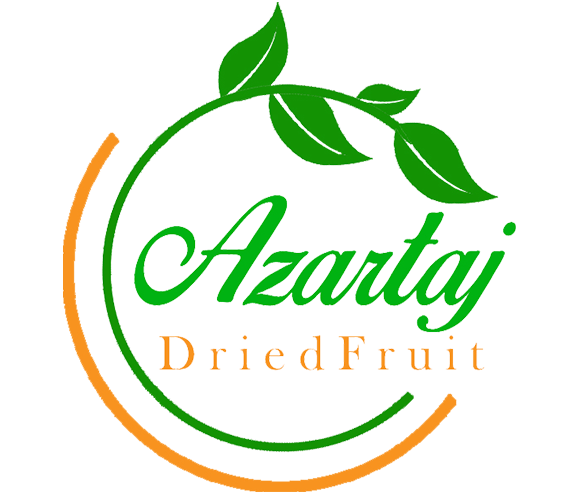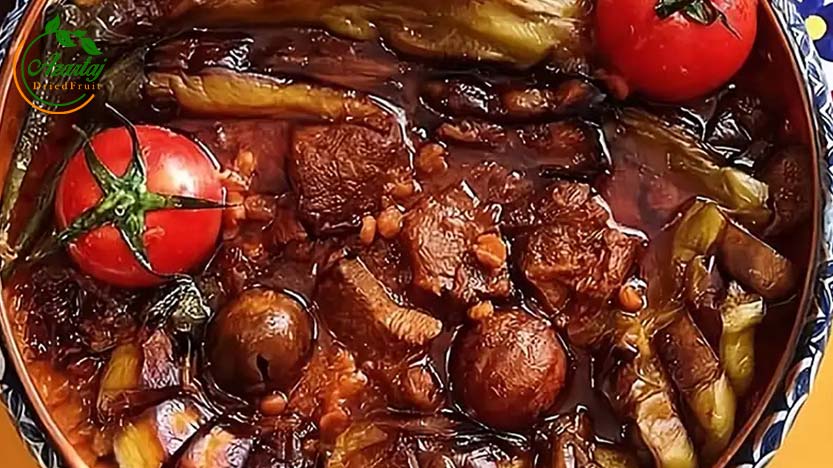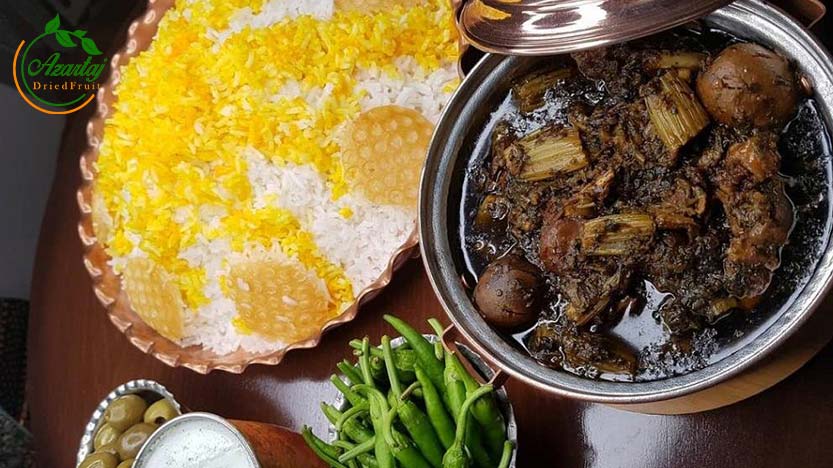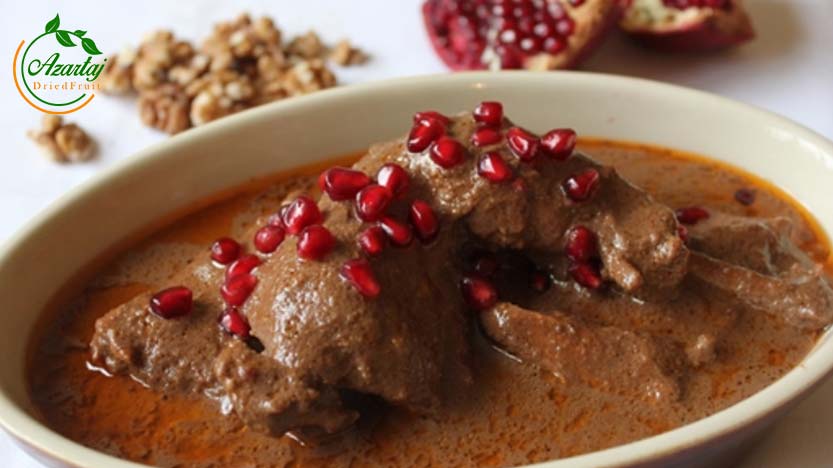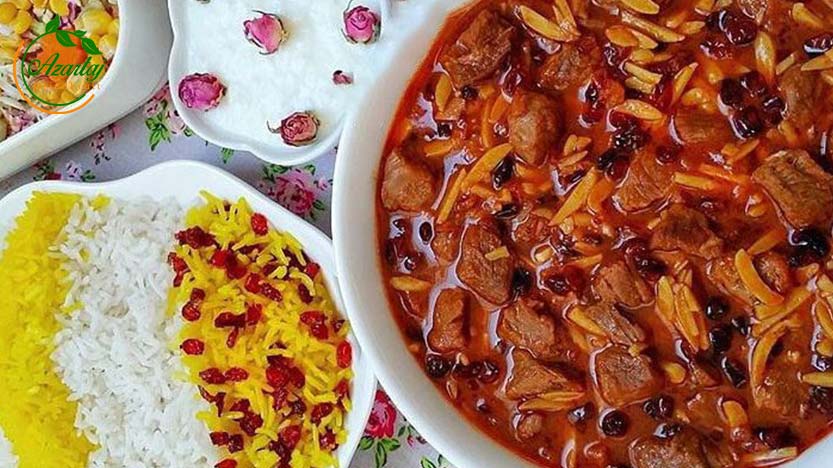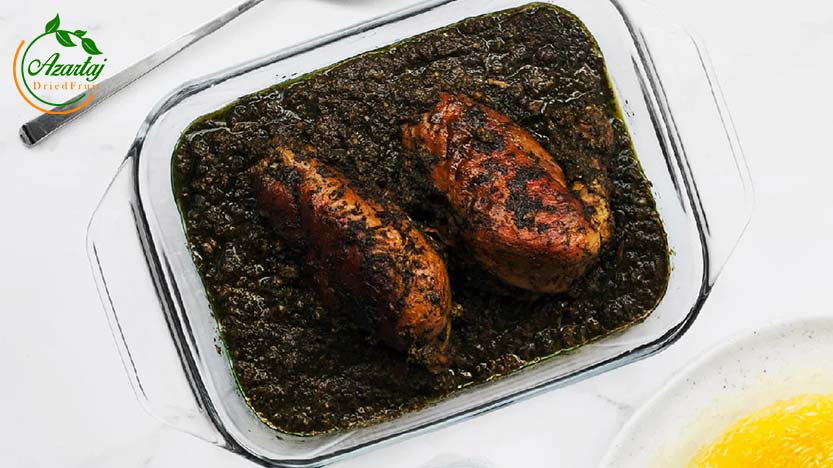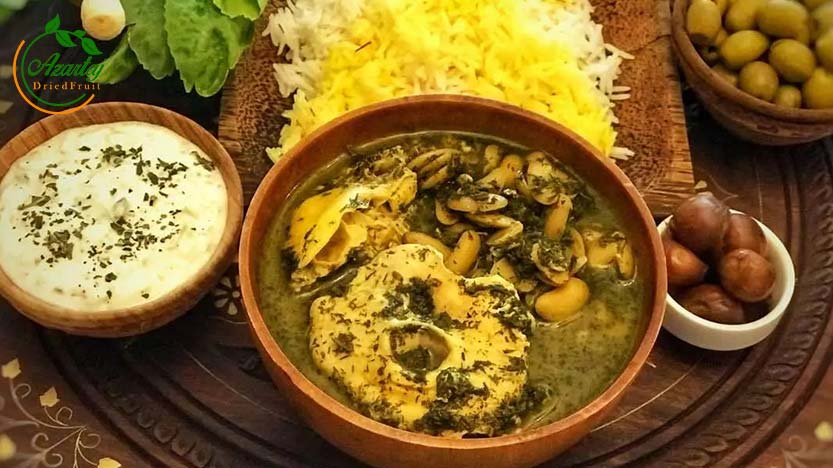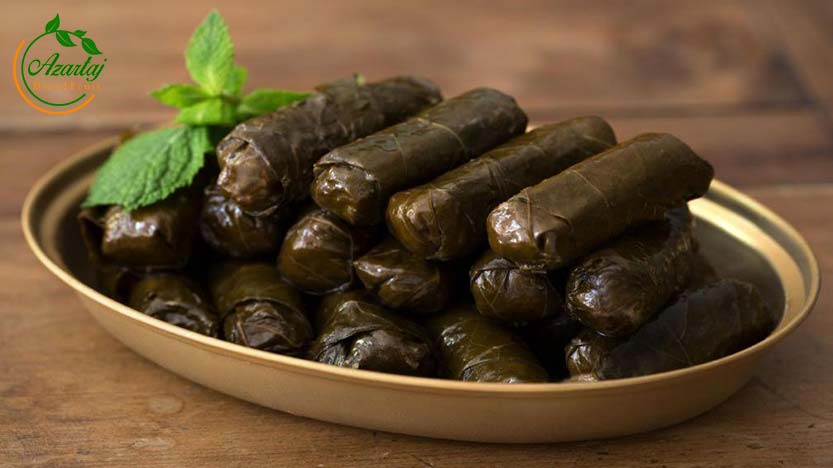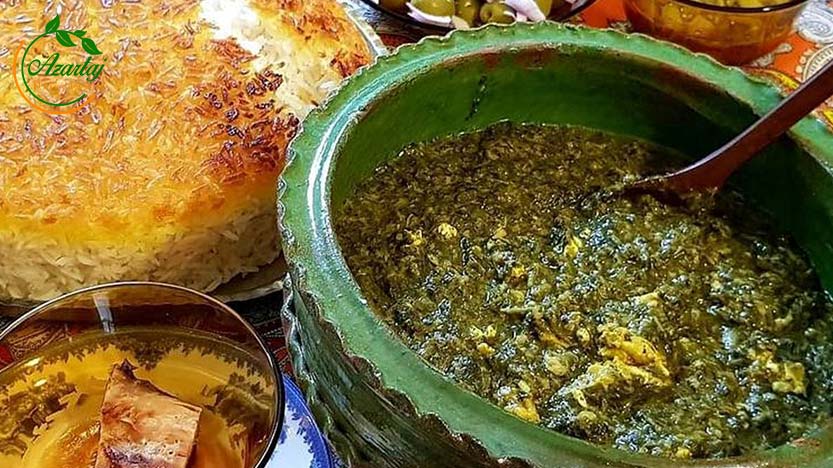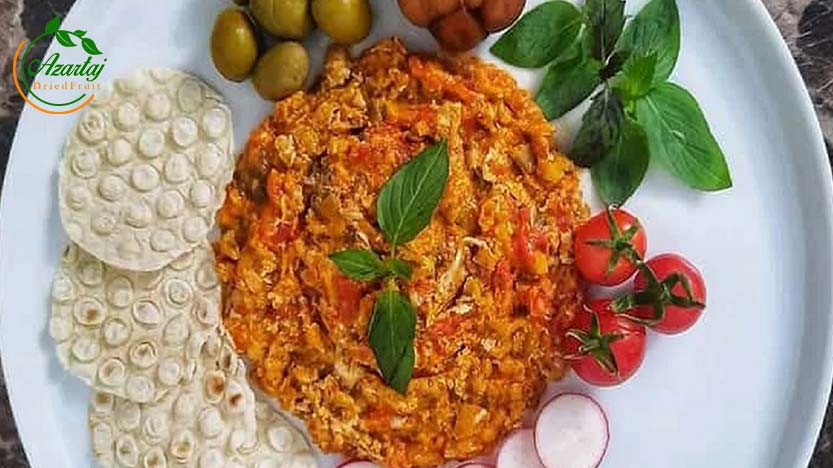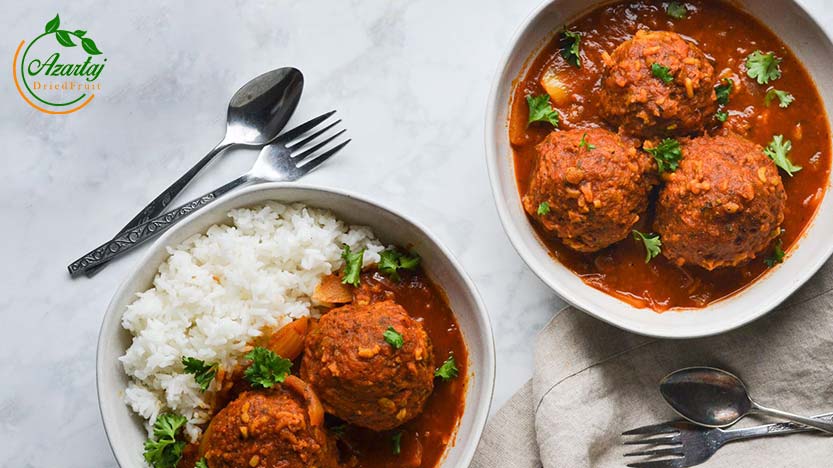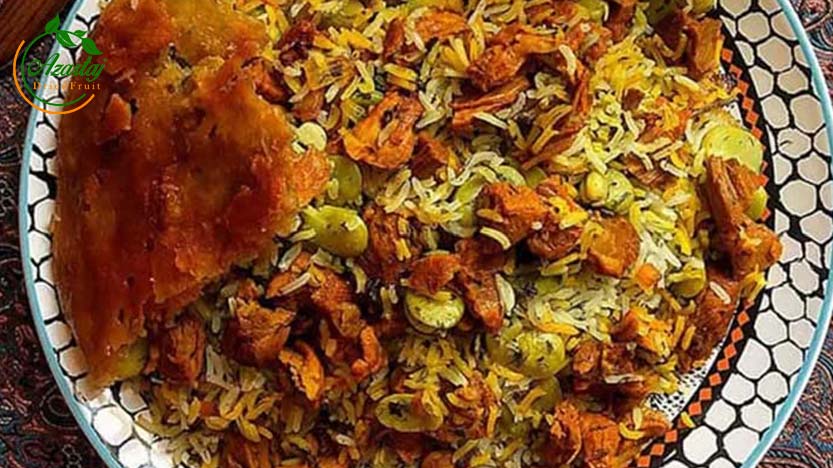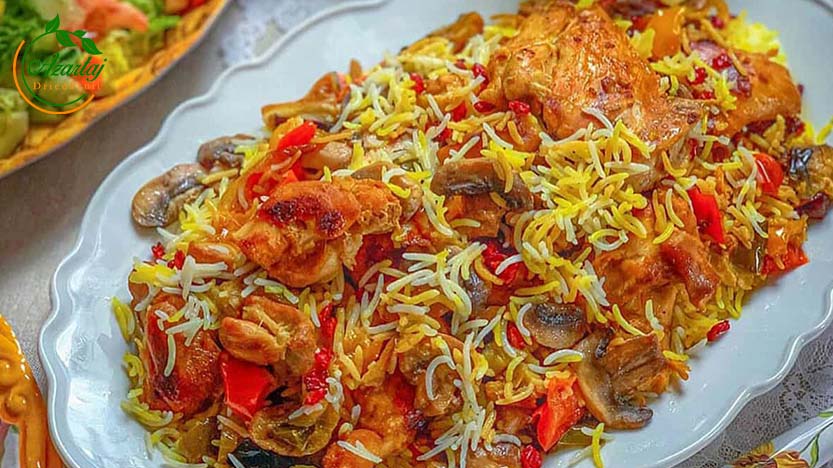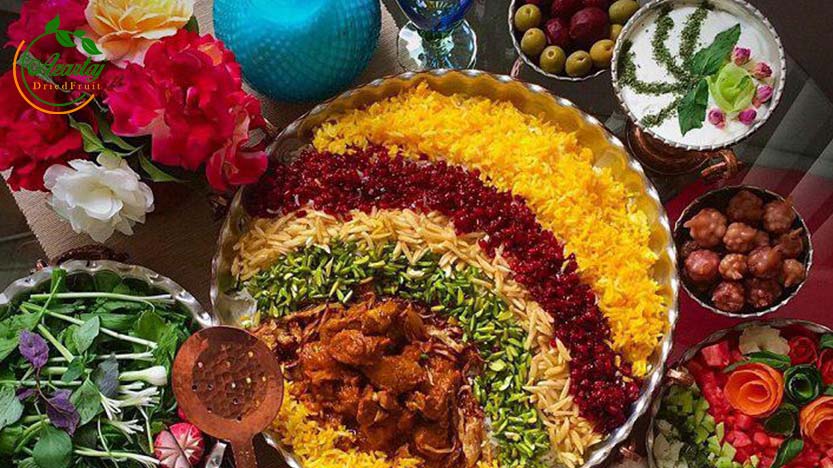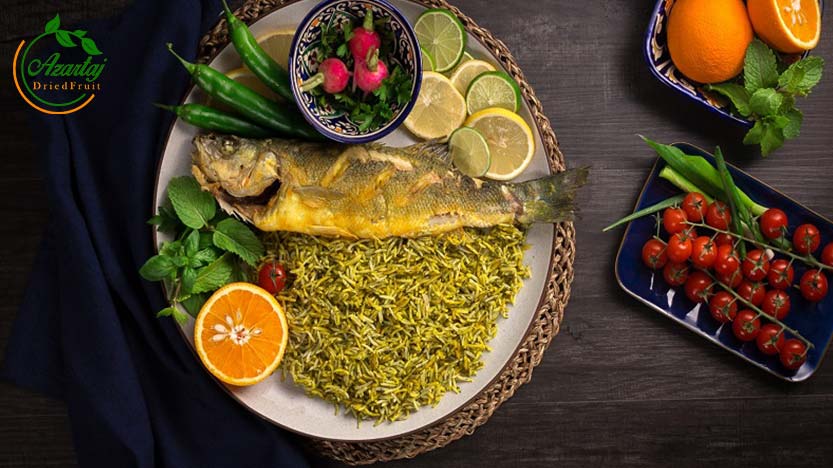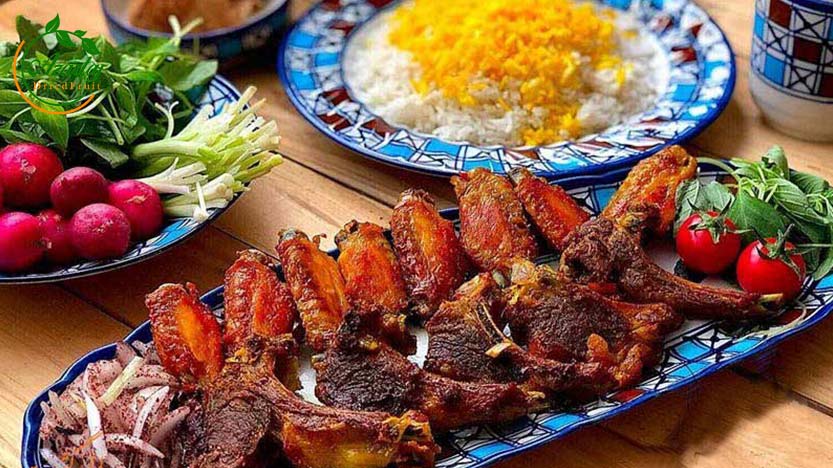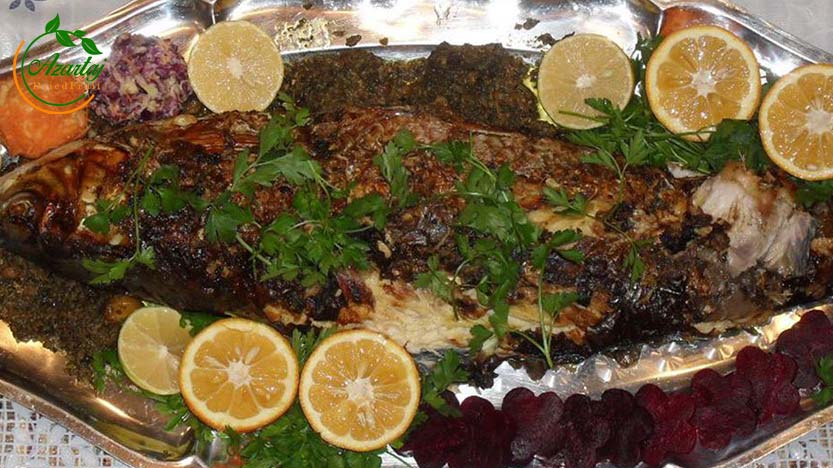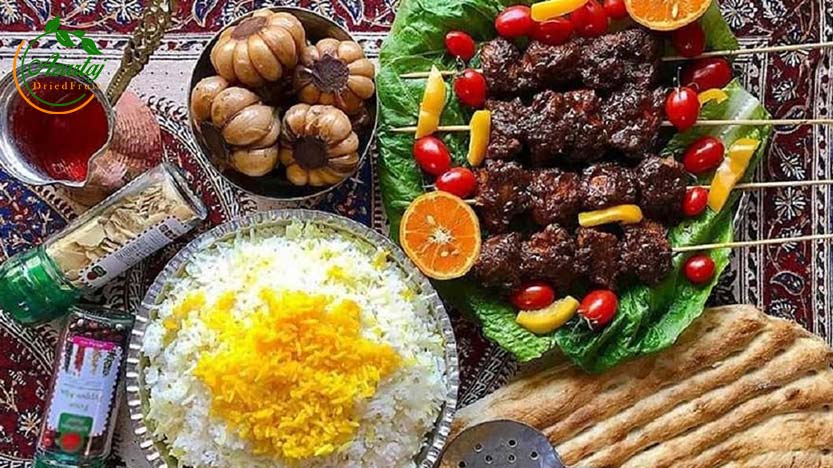Which dishes are the most famous Iranian foods? Just like all the questions related to the historical and natural attractions of Iran, answering this one is equally difficult and complex. The land of Iran boasts a remarkable ethnic and cultural diversity, and each region varies its culinary habits according to the preferences of its residents. This extraordinary variety in cuisine is further enhanced by the diverse climates and environments across the country, leading to a wide range of tastes and food cultures in different areas. Consequently, there are over two thousand types of local dishes prepared in various provinces and by different ethnic groups throughout this vast nation.
When it comes to introducing foreign tourists to various Iranian foods, the first and simplest answer is Iranian kebabs. Kebabs are among the most popular and delicious Iranian dishes, and their appeal to the tastes of many foreign visitors makes them particularly noteworthy. However, this is just part of the story; hosting guests with the delectable dishes of Iran is a culinary experience that reflects the vast geography and rich history of the land.
Important Factors in Introducing Iranian Cuisine to Foreigners
When discussing the best Iranian foods, as mentioned earlier, kebabs and stews (khoresh) are the main options. Iranian kebabs, known worldwide by the same name, are particularly favored by many tourists due to their enticing aroma and flavor. Stews also tempt many visitors because of their unique combinations and flavors. Therefore, it can be asserted that these two categories of Iranian dishes are more recognized among foreign tourists. However, given the extensive culinary diversity of Iran, two important factors should be considered when introducing Iranian cuisine to travelers.
The Most Famous Iranian Stews – Iranian Dishes
One of the well-known Iranian dishes from the perspective of foreigners is rice, along with the way it is cooked and consumed by the people of Iran. Rice is one of the primary staples, typically featured in at least one meal each day for Iranian families. The high volume of rice consumption during meals is one of the main differences between Iranian eating habits and those of other countries. Rice is often accompanied by various seasonings and dishes known as stews, collectively referred to as “chelow khoresh.” Each region and province in Iran has its own famous and delicious stews, which can capture the attention of tourists. The following discusses the most famous stews and Iranian dishes that are served with rice.
Ghormeh Sabzi
You must be in love with the unique aroma of Ghormeh Sabzi, one of the most beloved and delightful Iranian dishes. It can confidently be said that this dish appeals to every palate. You might not believe it, but this dish actually becomes tastier if it sits in the fridge for two or three days, and rather than losing fans, its popularity seems to grow with more competitors eager to enjoy this favorite meal. The ingredients of this stew include a mix of specially sautéed herbs, red beans, red meat, and dried limes (limoo omani).
Gheymé
Another popular dish is Gheymé, which boasts a large fan base and is featured on the menu of most restaurants. The scent of cardamom and rosewater in Gheymé is intoxicating. This dish has a long-standing history in religious ceremonies. The ingredients of this stew include lentils, red meat, fried potato sticks, and dried limes (limoo omani).
Gheymé Bademjan
Gheymé Bademjan is another popular Iranian stew that showcases a wide variety according to different regions of the country. The main recipe for this dish includes eggplant, tomatoes, meat, lentils, and tomato paste.
Khoresht Karafs
Khoresht Karafs is another beloved Iranian dish with a distinct taste that appeals to its dedicated fans. This stew is made with celery, red meat, and a combination of mint, parsley, and dried limes (limoo omani).
Fesenjan Stew
Fesenjan is another traditional Persian dish that boasts a delicious and delightful flavor. If you are not put off by the taste of walnuts in your food, be sure to try this delightful dish. Fesenjan is a rich stew, so be careful not to overindulge when enjoying it. The combination of walnuts, pomegranate paste, and either chicken or ground meat has made Fesenjan one of the most famous and expensive dishes in Iranian cuisine.
Ghalieh Mahi
Ghalieh Mahi, or Ghalieh Shrimp, is a type of Iranian stew that is considered one of the most popular local dishes from the southern regions of Iran. The unique flavor of Ghalieh Mahi, contrary to the opinions of some who do not enjoy the taste and smell of fish, is very delightful. This dish is prepared in the south with a special blend of spices, which helps to eliminate the strong odor of the fish. The main ingredients of Ghalieh Mahi include fish, fenugreek, cilantro, tamarind, pomegranate paste, garlic, and various spices.
Khoresht Kholeh
One of the delicious and popular dishes that hails from Kermanshah province is Khoresht Kholeh. This stew is quite similar to Khoresht Gheymé, with the key difference being the inclusion of almond slivers. If you ever find yourself in Kermanshah, we highly recommend trying this delightful dish, or you can prepare it at home to treat your family to a traditional and tasty meal. You can be sure that you won’t regret it! The main ingredients of this local Kermanshah stew include meat, almond slivers, saffron, barberries, rosewater, and cinnamon.
Khoresht Morgh Torsh
Another one of the most famous Iranian stews is Khoresht Morgh Torsh, which is made with chicken, pomegranate paste, and ground walnuts.
Baghali Ghatogh
Baghali Ghatogh, or Baghali Khoresht, is one of the most renowned dishes from northern Iran, particularly in Gilan province. This stew is primarily composed of Rashti fava beans, garlic, dill, and eggs.
One of the unique dietary habits of Iranians is the consumption of bread during meals. The variety and flavors of Iranian breads are an appealing aspect for foreign tourists. Meals and gatherings in Iranian culture are not complete without bread. In ancient and traditional Persian culture, bread symbolizes the blessings and generosity of nature, holding a special place at the Iranian table. After rice, bread is one of the main staple foods of the Iranian people and is served with various dishes. This emphasis on bread has led to the creation of delicious and diverse culinary offerings across different regions of Iran. In the following sections, we will explore some of the most famous Iranian dishes.
Abgoosht
Abgoosht, also known as Dizi, is one of Iran’s national dishes and is among the most famous Iranian cuisines. It is prepared in different regions of Iran using various methods and ingredients and has many names. Despite these variations, the basic recipe for Abgoosht is based on ingredients such as meat, chickpeas, tomatoes, and various seasonings and spices.
Biryani
Biryani, or Biryuni, is a traditional dish from Isfahan and is considered one of the most delicious foods in Iran, enjoying global recognition. It is an expensive dish that requires a high level of culinary skill to prepare. Biryani is made with ground lamb, saffron, mint, cinnamon, and onions.
Kashk-o-Bademjan
One of the Iranian dishes that enjoys global fame and popularity is Kashk-o-Bademjan. This delicious dish is made from a magical combination of eggplant, Kashk (fermented whey), garlic, and sautéed onions.
Dolmeh Barg Moe
In Iran, dolmeh is prepared with various ingredients, but the most popular dolmeh, and one of the most well-known Iranian dishes, is made by wrapping a mixture of meat, rice, bulgur, lentils, and aromatic herbs in vine leaves.
Torshi Tareh
Another beloved Iranian dish is Torshi Tareh, a Northern Iranian specialty. Its sour flavor comes from a combination of bitter orange with eggs, kale, garlic, and fresh local herbs.
Mirza Ghasemi
Another globally renowned Iranian dish that originates from the northern part of the country is Mirza Ghasemi. This beloved dish requires a delightful combination of eggplant, tomatoes, eggs, and garlic for its preparation.
Kufteh Tabrizi
One of the most popular dishes in Iran, known for being served with Sangak bread, is Kufteh Tabrizi. This dish has earned global recognition, particularly in Tabriz and other regions of the Azerbaijan area of Iran. The main ingredients of Kufteh Tabrizi include ground or minced meat, bulgur, rice, lentils, along with prunes and walnuts or hard-boiled eggs. Kufteh is a beloved dish in Iranian cuisine, prepared with various ingredients and spices across nearly all regions of the country.
The Most Famous Iranian Rice Dishes – The Best Iranian Foods
Iranian polo and chelow dishes are among the most unique and distinctive foods of the Iranian plateau. Rice plays a significant role in the meals of the Iranian people, serving as one of their main staples. This has turned Iranians into skilled artists in preparing various rice-based dishes.
One of the key differences between Iranian dining customs and those of other countries is the substantial amount of rice consumed in a single meal. For foreign travelers, the amount of rice served to one person in one sitting can be quite surprising. However, it’s hard to overlook the delicious and unparalleled flavors of Iranian poloes and chelows! In the following sections, we will explore the most famous Iranian rice dishes.
Zereshk Polo
One of the most delicious and delightful Iranian dishes is Zereshk Polo, typically served with chicken. This delectable dish is usually the centerpiece of gatherings, weddings, and even mourning ceremonies. You can’t visit an Iranian restaurant without seeing this dish on the menu.
Zereshk Polo with chicken is generally prepared in a similar way everywhere; however, in some regions, the sauce has unique variations. Sometimes, pomegranate paste, tomato paste, or bitter orange paste is used in the chicken sauce, adding a distinctive flavor to this delightful dish.
To prepare this meal, you will need chicken, carrots, bell peppers, onions, tomato paste, and spices according to your taste. After frying the chicken, you can prepare the sauce and finally add it to the browned chicken, allowing it to simmer gently. With a beautiful presentation of the rice, you can make your table look even more appealing.
Tahchin
Tahchin is one of the most beloved dishes in Iranian cuisine. This dish requires a high level of skill to prepare, as it involves the meticulous cooking of rice to achieve a delicious and aromatic final result. Tahchin comes in various forms, and it can be made with either chicken or meat. This traditional Iranian dish shines with its unique colors and flavors across different cities.
Baghali Polo
Another highly popular Iranian dish is Baghali Polo with meat. The rice is flavored with aromatic herbs, broad beans, and saffron, served alongside lamb or beef, making Baghali Polo a special and luxurious meal.
Chelo Gosht
Chelo Gosht is a dish made with red meat, accompanied by Iranian rice and saffron, and is considered one of the best dishes in Iran.
Qati Polo
Qati Polo is one of the most popular and delicious Iranian dishes made with rice. It is considered one of the main national dishes of Iran and is prepared in various regions according to the local tastes and preferences. This dish comes in a wide array of vibrant variations throughout Iran and is popular among foreign tourists due to its quick and easy preparation as well as its delightful flavor. Some internationally renowned types of Qati Polo include: Golab Polo, Loobia Polo, Albaloo Polo, Havari Maahi (from the southern regions), Saffron Polo (from Sistan and Baluchestan and eastern areas), and Morasah Polo.
Gheymé Nisar
Another classic Iranian dish is Gheymé Nisar, a luxurious and special dish from Qazvin that has a different recipe compared to the usual Gheymé stew. This dish is very popular among Iranians and tourists alike and is typically served in many high-quality restaurants.
What are the best dry fruits from Iran?
Order dry fruits from Iran 🌟 Contact Us (WhatsApp)
Sabzi Polo
When traveling to northern Iran, one cannot resist the allure of fragrant Iranian rice from the rice paddies of the region, which is beautifully combined with local herbs and served alongside Caspian white fish. Sabzi Polo with fish is one of the more expensive Iranian dishes, known for its global popularity.
The Most Famous Iranian Kebabs – The Best Iranian Dishes
Iranian kebabs are among the most famous dishes in Iranian cuisine, particularly from the perspective of foreign visitors. Kebabs are one of the most beloved foods in Iran, prepared in various styles. The people of Iran have a deep passion for cooking and enjoying meat in a grilled form. The simple and delightful flavor and aroma of kebabs appeal to most foreign tourists, which is a key reason for the shared enthusiasm of both Iranians and foreign travelers for this dish. Each region and province in Iran boasts unique and interesting methods of preparing kebabs, resulting in a remarkable diversity that associates specific types of kebabs with particular regions or ethnicities. Iranian kebabs are typically made from fresh meat combined with spices and seasonings or by directly grilling the meat over an open flame. Below, we will explore some of the most well-known Iranian kebabs.
Kabab Koobideh
Kabab Koobideh is a popular ground meat kebab, typically made from minced lamb or beef and seasoned with onions and spices. It’s often served with rice and grilled tomatoes.
Joojeh Kabab
Joojeh Kabab is a marinated chicken kebab, often prepared with saffron and lemon juice. This dish is known for its tender and juicy pieces of chicken, usually served with rice or flatbread.
Kabab Barg
Kabab Barg consists of marinated slices of lamb or beef, grilled to perfection. It is favored for its tenderness and is often served with rice, bread, and fresh herbs.
Kabab Chenjeh
Kabab Chenjeh is made from chunks of marinated lamb or beef, skewered and grilled. Its robust flavor and charred exterior make it a favorite among meat lovers.
Shishlik
Shishlik features lamb chops marinated and grilled on skewers. This dish is particularly popular in southern Iran and is known for its rich flavor and tender meat.
These kebabs not only represent a cornerstone of Iranian culinary culture but also illustrate the country’s rich traditions surrounding food and hospitality. Each variety brings its own unique flavor and story, contributing to the vibrant tapestry of Iranian cuisine.
Dandeh Kabab – Iranian Dishes
Dandeh Kabab is a famous dish from Kermanshah and one of the most popular kebabs among foreign tourists. The main ingredient of Dandeh Kabab is lamb rib meat, which is seasoned with spices, garlic, onions, and aromatic herbs.
Mahi Sabor
Mahi Sabor is a unique Iranian kebab made from the delicious Sabor fish. This popular kebab from southern Iran involves marinating the Sabor fish with special herbs, spices, garlic, and tamarind, giving it a distinct flavor.
Kebab Torsh
Kebab Torsh is a beloved dish from northern Iran. This kebab, made with chicken or red meat, is flavored with pomegranate paste, walnuts, and aromatic herbs from the northern regions, making it one of the favorite dishes for foreigners visiting Iran.
Thanks to the unique cultural and climatic diversity of Iran, the country boasts a variety of tourist attractions, one of which is its delicious cuisine. Each city in Iran has its own distinctive culinary culture, and the variety of dishes from each city and region can attract many tourists. For instance, the beautiful city of Rasht is recognized as a global capital of cuisine!
Your Gateway to Premium Iranian Dried Fruits
